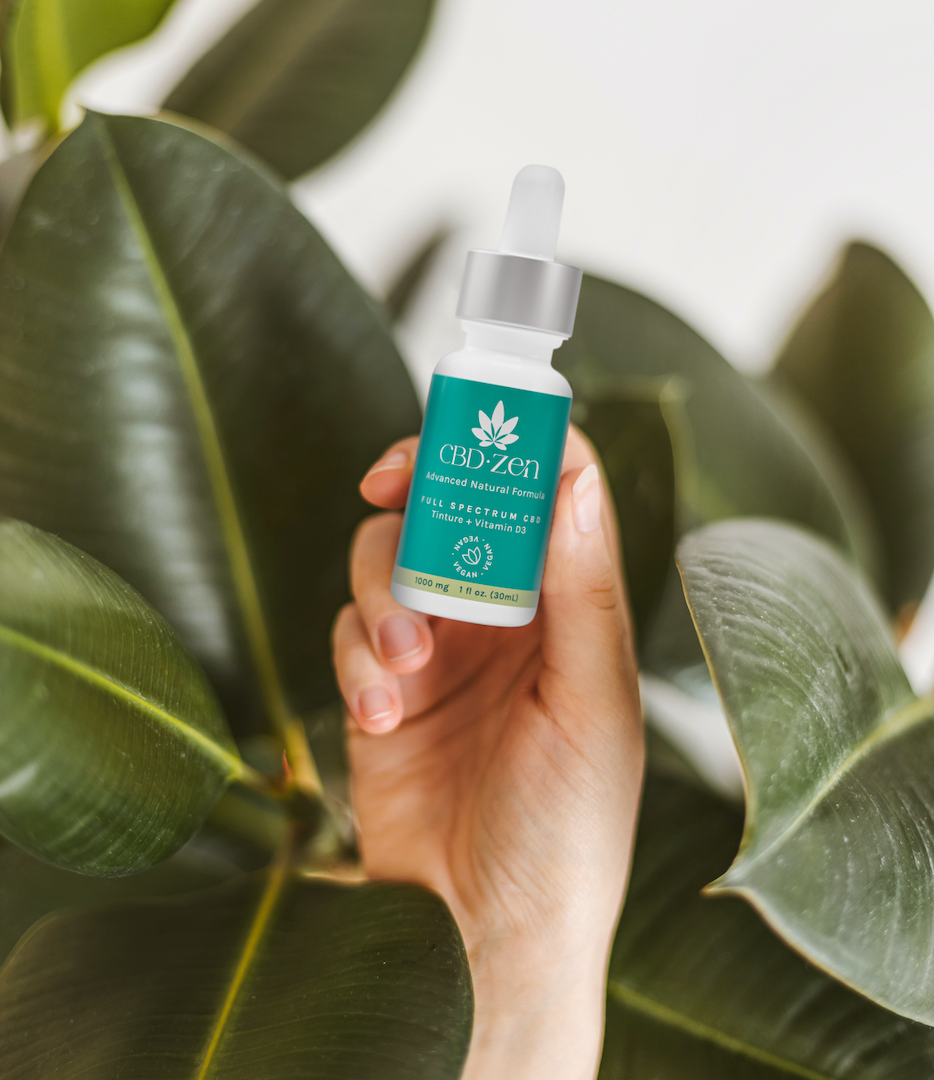Headaches: When Your Brain Decides to Have a Party Without You

Headaches can feel like an unwanted party in your brain, but with some effective strategies and a touch of humor, you can learn to manage them. We'll address common causes of headaches and migraines, offer practical tips for managing them, and answer frequently asked questions on the topic. And remember, you should always consult a health professional if your headaches persist.
Headache, an Unwelcome Guest
We have all been there; A normal day quickly turns into a struggle to find relief from a pounding headache. Headaches and migraines affect millions of people around the world. According to the World Health Organization, about half of adults have experienced at least one headache in the past year. Not only are they uncomfortable, but they can also interfere with our daily activities and reduce our quality of life. Understanding the causes and learning to manage them is essential to regain control.
What Triggers Your Headaches?
Before you can end the party, you need to identify the DJ. In more serious terms, this means figuring out what triggers your headaches. Some common culprits include:
- Stress : When life becomes a circus, your head may start drumming. Daily worries and work pressure are common triggers.
- Dehydration : Don't forget to drink water. Your brain can't throw a party if it's busy searching for water. Lack of fluids can cause severe headaches.
- Lack of sleep : A tired brain is a brain that organizes the worst parties. Insomnia or a poor sleeping habit can trigger frequent headaches.
- Food : Some foods may be the culprit. Cheese and wine may seem fancy, but for some, they're the ticket to a painful party. Other triggers may include chocolate, caffeine, and processed foods.
- Hormonal changes : Especially in women, hormonal changes during the menstrual cycle can cause migraines.
- Environmental factors : Bright lights, loud noises, and strong smells can trigger headaches in some people.
- Genetics : If your parents suffer from migraines, you are more likely to suffer from them too.

The Wellness Playlist: Relaxation Techniques
Once you meet the DJ, it's time to change the music. Here are some techniques to calm your brain:
- Meditation : Think of this as swapping a rave for a quiet acoustic concert. A few minutes a day can do wonders. Mindfulness meditation and deep breathing can help reduce stress and tension.
- Exercise : Nothing turns off a party like getting your body moving. Exercise releases endorphins, which can help reduce pain. Activities such as yoga, tai-chi, and walking can be particularly beneficial.
- Breathing techniques : Breathe deeply and exhale. Repeat until your brain stops trying to be the life of the party. Diaphragmatic breathing can help calm the nervous system and reduce the intensity of pain.
- Massage therapy : A good neck and shoulder massage can relieve muscle tension that contributes to headaches.
- Aromatherapy : Using essential oils such as lavender, mint or eucalyptus can have a calming effect and relieve headaches.
Snack Time: What to Eat and What to Avoid
Your brain can be a meticulous food critic. Here are some tips on diet:
- Hydration : Always keep a bottle of water on hand. Dehydration is enemy number one.
- Balanced meal : Opt for foods rich in magnesium such as almonds, spinach and avocados. These healthy treats can help keep you calm.
- Avoid problematic foods : If certain foods trigger your headaches, try avoiding them. Yes, that means you may have to say goodbye to brie cheese.
Weekly Diet Plan: For those who suffer from migraines, following a weekly diet plan may be helpful. Here is an example:
- Monday : Breakfast with oatmeal and nuts, lunch with spinach and salmon salad, dinner with baked chicken and steamed vegetables.
- Tuesday : Breakfast with Greek yogurt and fruits, lunch with quinoa and avocado, dinner with fish and asparagus.
- Wednesday : Breakfast with banana and spinach smoothie, lunch with lentil soup, dinner with tofu and broccoli.
- Thursday : Breakfast with scrambled eggs and avocado, lunch with chickpea salad, dinner with turkey and kale.
- Friday : Breakfast with whole wheat bread and avocado, lunch with whole wheat pasta and vegetables, dinner with grilled chicken and carrots.
- Saturday : Breakfast with fruit smoothie, lunch with hummus and vegetable wrap, dinner with grilled fish and brown rice.
- Sunday : Breakfast with whole grains and milk, lunch with tuna salad, dinner with lean meat and sweet potato.
Turn Off the Lights: Create an Ideal Sleeping Environment
A good night's rest can prevent many unwanted parties:
- Sleep routine : Try to go to bed and get up at the same time every day. Consistency is key to restful sleep.
- Dark, quiet environment : Make sure your room is free of noise and lights that could interrupt your sleep. Use blackout curtains and consider earplugs if you live somewhere noisy.
- Technology out of the bedroom : Keep electronic devices out of your bedroom to avoid exposure to blue light, which can interfere with your sleep.
- Relaxation before bed : Read a book, take a hot bath, or practice meditation to relax before bed.
Home Remedies: The Unknown Heroes
Sometimes, home remedies can be your best allies:
- Cold compresses : Applying a cold compress to your forehead can help reduce pain. Keep the compress on for 15 minutes and repeat as necessary.
- Essential oils : Aromas such as lavender and peppermint can have a calming effect. Apply a few drops to your temples and massage gently.
- Ginger tea : This tea is not only delicious, but it can also help relieve pain. Ginger has anti-inflammatory properties that can be effective against headaches.
- Hydration with electrolytes : Drinking water with a pinch of salt and a slice of lemon can help replenish electrolytes and prevent dehydration.
- Hot bath : A hot bath can relax tense muscles and improve circulation, which can help reduce headaches.

Long Term Prevention Strategies
To prevent the party from happening again, here are some long-term strategies:
- Keep a pain diary : Write down when your headaches occur and what you were doing before they started. This can help you identify patterns and triggers.
- Consult a professional : If your headaches are frequent or severe, consult a health professional for proper diagnosis and treatment.
- Stress management : Practice stress management techniques such as yoga, meditation or therapy.
- Regular exercise : Maintain a regular exercise routine to improve your overall health and reduce the frequency of headaches.
- Avoid excess caffeine : Although caffeine can help in small amounts, excessive consumption can trigger headaches.
Psychological Treatments: Beyond Physical Pain
Chronic migraine pain is not only a physical experience, but it also has a significant psychological component. According to María Elena Navarro Calvillo, cognitive behavioral treatment combined with relaxation and feedback techniques has shown to be an important alternative for patients with migraine. This multidimensional approach addresses not only pain, but also associated psychosocial and emotional factors, such as stress and anxiety.
The Role of CBD in Migraine Management
Cannabidiol (CBD) is a major phytocannabinoid that has been shown to have analgesic properties in various pain models. Recent studies have investigated the effects of CBD in specific animal models of migraine. These studies have shown that CBD can significantly reduce nitroglycerin-induced trigeminal hyperalgia and levels of CGRP (which is a neuropeptide involved in migraine) in addition to cytokines at peripheral and central sites related to migraine pain.
How does CBD work?
CBD works by modulating the endocannabinoid system, which regulates a wide range of physiological processes, including pain perception. In preclinical studies, CBD has been shown to reduce inflammation and neuronal hyperexcitability, two key factors in migraine pathogenesis.
Studies and Evidence
A study conducted by Greco et al. in 2023, showed that systemic administration of CBD in laboratory animals significantly reduced trigeminal hyperalgia and CGRP levels in both acute and chronic migraine models. These results suggest that CBD may be a promising option for the treatment of migraine, modulating migraine-related nociceptive transmission through a complex signaling mechanism involving different pathways.
Frequently Asked Questions and Answers
- What is the most effective treatment for migraine? The most effective treatment may vary depending on the individual. However, triptans are commonly prescribed and have been shown to be highly effective for many migraine sufferers. Other treatments include nonsteroidal anti-inflammatory drugs (NSAIDs), cognitive behavioral therapy, and lifestyle changes.
- What medication is best for migraine? The best migraine medication depends on the severity and frequency of the episodes, as well as the individual's response to treatment. Triptans, such as sumatriptan, are often a first-line option. Other medications include NSAIDs, such as ibuprofen, and preventatives such as propranolol.
- What is the best Antimigraine? The best antimigraine medication may vary from person to person, but triptans are generally considered very effective. Preventive medications such as propranolol, topiramate, and monoclonal antibodies directed against CGRP are also used.
- What does propranolol do in migraine? Propranolol is a beta-blocker used to prevent migraines. It works by reducing the excitability of the nervous system and stabilizing blood vessels, which can help reduce the frequency and intensity of migraines.
- What can I do if the headaches persist? Consult a healthcare professional for proper diagnosis and treatment. Sometimes headaches can be a symptom of a more serious condition that needs medical attention.
References
- Drs. Klara Senior and Sofia Herrera
- María Elena Navarro Calvillo, Cognitive behavioral treatment of migraine in adults
- Greco, R., et al. (2023). Characterization of the biochemical and behavioral effects of cannabidiol: implications for migraine. The Journal of Headache and Pain , 24(48). https://doi.org/10.1186/s10194-023-01589-y .




Leave a comment